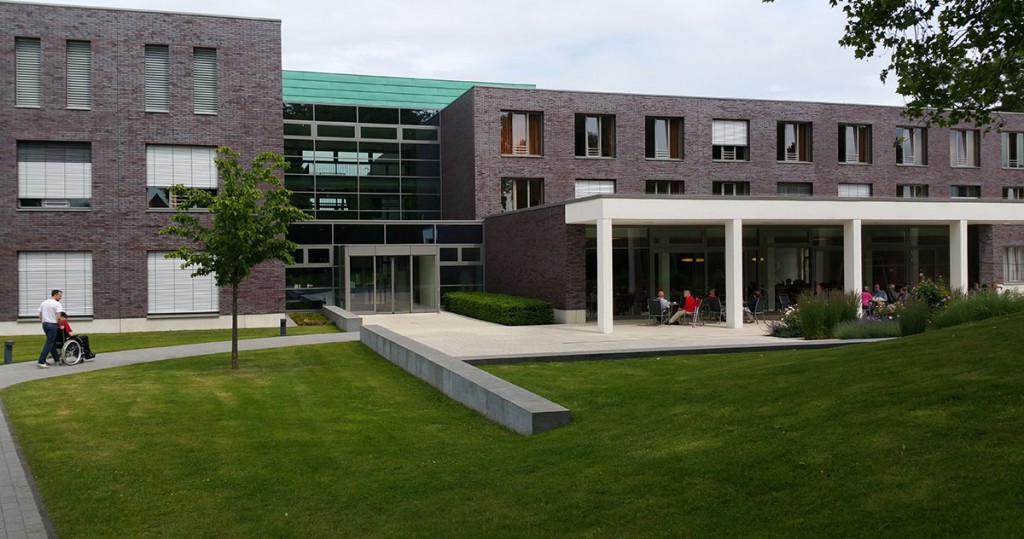Good news for people: today’s aging seniors are living longer than earlier generations. That’s good news for real estate. Metropolitan areas across the United States report growth in the senior housing market and the need for more facilities will increase in the coming decades.
Senior housing encompasses purpose-built facilities ranging from independent housing to assisted living, to full-time nursing care centers. They can be 55-plus condominium complexes or a nursing facility specializing in memory care.
Living longer is only part of the equation. The baby boomer generation is entering retirement. The US Census Bureau reports that by 2030, 1 in 5 of the nation’s residents will be aged 65 and older, roughly 75 million people. For a local perspective, the City of Los Angeles conducted a study that showed by the same year, the senior citizen population will double to 3 million.
More people living longer is two-thirds of the driver behind senior housing demand. The baby boomers and their succeeding generations are expected to have a higher quality of life. This is partially due to improved healthcare plus different perceptions of what “aging well” means. Bingo night and swim class are outdated activities for the modern senior. The upcoming senior housing developments must meet the needs and expectations of its increasingly active future occupants.
Presently, demand is strong in most markets for the different types of senior housing. The NIC conducts the regular senior housing market study that shows a more positive outlook based on improving fundamentals, access to capital, and then the number of transactions. Specifically, yearly assisted living inventory growth increased 6.5 percent across the nation in the third quarter of 2017. Occupancy rates for these facilities hovered around 86.6 percent in the same quarter.
In 31 primary markets, over 6,000 new senior housing units went under construction in the final quarter of 2017. It’s estimated that over 20,000 new units began last year. Data from the National Real Estate Investors (NREI) shows that locally, these new units are having very little impact on senior housing vacancy rates. San Jose has the highest occupancy rates in the nation at 95 percent in the second quarter of 2017. Los Angeles and Sacramento both reported rates above 90 percent.
Taken together, it’s clear the senior housing market is poised to perform well in the coming decades. Developers and investors looking to protect themselves against a market downturn should investigate senior housing returns in their local market.

